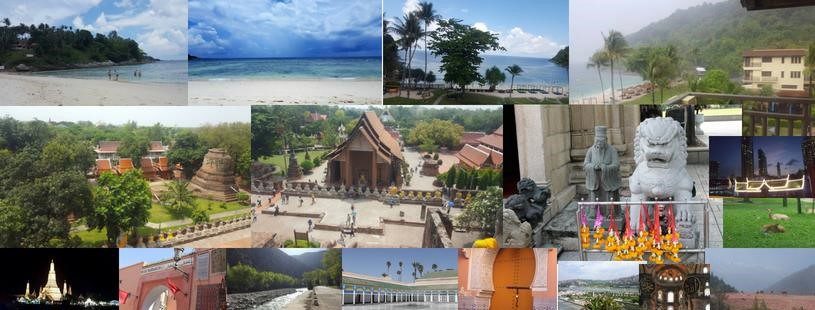
Are you targeting the MENA region to spread your Brand Message?
Here are the top 10 factors to consider when localizing into Arabic:
1- Arabic Locales
First of all, not all countries in the MENA region speak the same Arabic locale:
The Gulf region speaks Arabic with some terminologies and accents different than other countries.
Egypt speaks Arabic with a strong Egyptian locale accent and terminology.
The language style is even more complex in Tunisia, Morocco, and Algeria. They speak Arabic mixed with French (Francophone) and Amazigh language. The Amazigh language is spoken by 50% of the Moroccan population, 25% in Tunisia, and it is also used in parts of Egypt and Libya.
To ensure a great user experience you need to do market research for the area you are targeting. Do not deal with the MENA region as one whole region.
2- Culture awareness
Like the language locale, the customer culture in the MENA region is not the same. The Arabic culture is present in all of these countries but each one with its own variation. In Egypt, the Arabic culture dominates with a certain influence from the English world as well as the French. The Gulf region is more open to the US/ UK culture due to the huge investments in this area. Also, in the Gulf region, Asian Culture exists, as the majority of the manpower comes from Asian countries. In North Africa, mainly Tunisia, Morocco and Algeria, the situation is different. The francophone culture is almost equal to Arabic. The customer here is close to consume European products and understand Brand Messages following European style.
Besides the above very important mentioned factors, there are other technical considerations that your team needs to be aware of during the creation of Digital Content for this part of the world:
3- The Arabic language is Bidirectional
The text is written starting from the right but the numbers like phone numbers are from left to right. A brochure, web page, mobile screen, CMS template must be able to deal with such specifications.
4- Mixing Arabic and English
Sometimes when you mix Arabic and English in one sentence the text flips in the wrong order and the content doesn’t make sense for the reader. A native Arabic speaker is needed to QA the content to avoid such issues.
5- Sentences length
Also, Arabic translation is, in general, longer than the English source. To avoid truncated content, especially in small screens the templates and fields must be accordingly adjusted.
6- Calendar Types
As discussed early in items 1 and 2, some countries like Saudi Arabic in the Gulf region, use the Hijri Calendar. While other countries use the Gregorian Colander: This as well is used in two different types: In Lebanon, for example, they use the Syriac names of months, while Egypt uses the old Latin names.
7- Currency
Obviously, the currency names and signs are different from country to country: Egyptian Pound, Emirati Dirham, Moroccan Dirham, Omani Rial, etc…
8- Time zone
Also, the time zone is important for a perfect marketing campaign. There is a time difference between these countries: Starting with Morocco (0 GMT) ending in The United Arab Emirates (+4 GMT).
9- Third-party components
You also need to make sure that all third-party components related to your digital content are localizable into Arabic. Your audience will be confused when a part of a web page or mobile app is in English while the overall content is in Arabic. A third-party component can be a Calendar, News and Events components, etc…
As a rule, the text on a single page should be displayed in the same language without exception.
10- Font
The Arabic characters are the same regardless of the locale but selecting the correct Font(s) that the Arabic customer is familiar with your target area is important as well.
To conclude, when you are targeting the MENA region, the segmentation, the deep awareness about the culture of the target-specific country, along with the skilled and expert localization team is very important for any successful marketing strategy. The localization is the essential guarantee for maximum user experience in the Middle East and North Africa.
Feel free to leave a comment or Contact Me for an open discussion
